This post may contain affiliate links, which means I’ll receive a commission if you purchase through my links, at no extra cost to you. Please read full disclosure for more information.
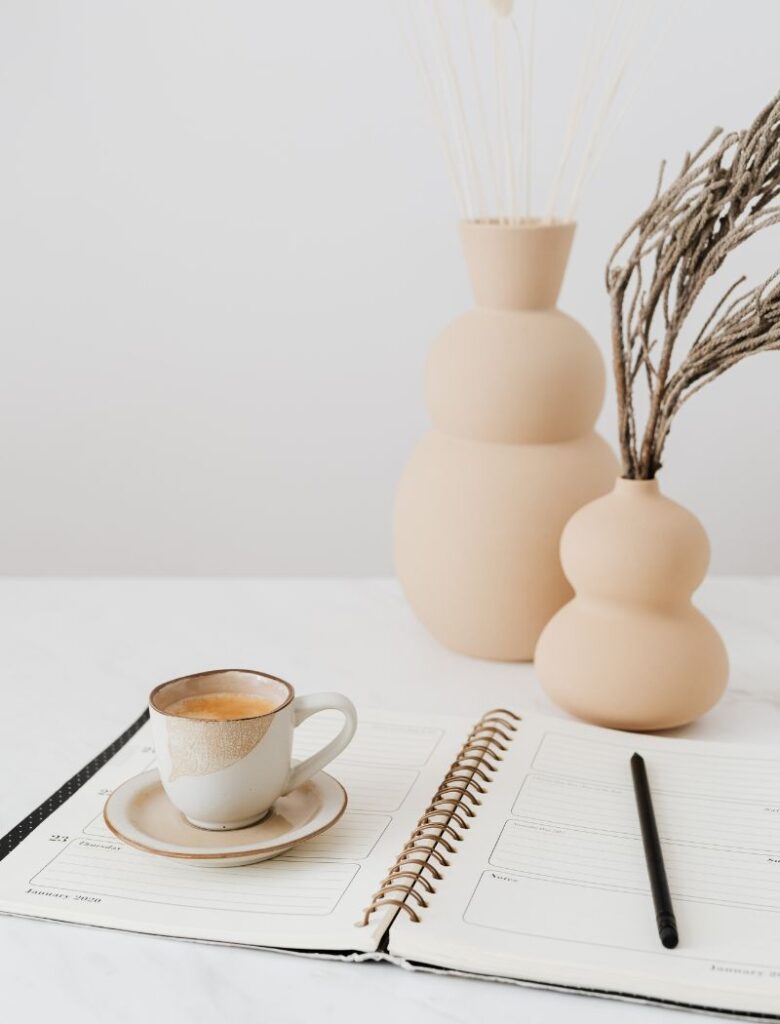
You bought or downloaded a planner in preparation for the new year to organize your life and streamline your schedule. What can you do to make the most out of it? Here’s how to stay on track with style, whether you need some refresher tips or have been using planners for years.
1. Use Your Planner Every Day
Building a daily habit is the key to getting the most out of your planner. Once you have filled out the year and months, you will need a few minutes daily for entries like to-do lists and new tasks. Check it every day to refresh your memory about upcoming assignments and write down your thoughts and plans. This will help you stay organized and be prepared for the days and weeks ahead.
2. Start With the Largest Time Block
Most planners have daily, weekly, monthly, and yearly pages. When planning, your first step should be an overview of the year. As the months go by, you can fill in more information as it crops up.
- Yearly: Record all important dates and meetings you are aware of. This includes birthdays, anniversaries, holidays, vacations, and due dates for reports.
- Monthly: Usually planners have a page with a monthly overview. You can use this to fill in dates from your yearly section and monthly appointments, such as company meetings. While you’re at it, factor in time to rest and recharge to restore balance and feel rejuvenated with self-care days or solo dates.
- Weekly/Daily: You can go into more detail in weekly and daily entries. A weekly entry might have the date and time of a meeting, the name of the boardroom where it will be, and the project you’re working on. You will use daily entries to write specific tasks in your to-do lists a few days before giving a presentation. Use time-blocking to indicate when you are free to complete other tasks. You can schedule meetings and appointments if you have a daily page with space for hourly entries.
3. Order Tasks by Priority
At the start of each week, list three to five high-priority items you must do. Use this list to plan your days, write out to-dos and reminders, and avoid potential scheduling conflicts.
Be realistic and set goals you can manage. While completing to-do items feels good, be careful about putting pressure on yourself. Do things when you can and give yourself grace.
A great way to prevent pressure is to try the bullet journaling scheduling method. Create a key to indicate the task’s status, such as by using checkboxes. Check off the box when you complete something. Add a forward-facing arrow (>) if you need to postpone, and if you cancel the task, put an X. You can also create different symbols for entries, like circles for events, triangles for meetings, and hearts for personal matters.
4. Write Everything Down
This planner is yours and you can write whatever you need down, including shopping lists, random thoughts of the day, and doodles. You make space for creativity and absorbing information easier when you have a safe place to put all your thoughts and to-do’s. If you write down all your weekly meetings and tasks you need to complete, your mind won’t wander when it’s time to summarize a report or complete a tier of your self-improvement course at work.
Further, writing by hand has more benefits compared to typing. Studies have shown that handwriting improves your memory, and students who use laptops in class have 17% less comprehension than those without devices. Whether you’re writing down assignments for college courses or important tasks for work, writing them down by hand will increase your chances of remembering them.
5. Implement Color
Color coding is an excellent way to organize your calendar. It makes it more enjoyable, helps you categorize tasks by priority, and lets you remember what you must do at a glance. You can incorporate color in several ways:
- Organize by priority or urgency: You might associate red or orange with “super important” and blue with “can be done anytime from now to next week.”
- Highlight meetings and events: You can separate different events by color. Pink could be birthdays and green could be board meetings. You’ll know exactly what’s coming up when you see the color.
- Differentiate tasks: You can use color theory to differentiate tasks. Green may be more suited to an exercise class or walk in the park since it’s associated with nature and vitality. A color like purple, which exudes mystery and boldness, might work for creative activities or plans.
You can also take personalization a step further with custom stickers. Whether you’re looking to add a decorative touch or create functional labels, custom stickers are perfect for enhancing your planner’s aesthetic. Choose from a wide selection of sticker templates or design your own to reflect your unique style. Stickers can make your journals and planners more engaging by adding that extra touch of fun and personality to your to-do lists and daily tasks.
Your journal is an extension of yourself, so it can look how you want it to. Be creative and let loose, whether you like geometric shapes and patterns or soft curves and pastel colors.
6. Embrace Empty Space
Having empty space may feel awkward when you’ve just had a jam-packed, color-coded, and doodle-filled week. It’s tempting to fill up every page, but you need to embrace the emptiness and let your planner reflect the ebbs and flows of life. Having several empty days in a row can be refreshing, allowing you to recharge your batteries and enjoy some well-deserved time off.
7. Decorate the Blank Areas
You can also use empty space for nonwork-related things like meal plans and mind maps. This can declutter your mind and help you with future tasks — and it’s backed up by research. Creating lists or writing a brain dump can decrease cognitive load and stress. This can be a relief if you tend to overthink or struggle to sleep because you’re making to-do lists in your head.
Another excellent use for the space is motivational quotes or doodles. Celebrate a goal by creating a decorative page that highlights your accomplishments in a fun, playful way.
Plan Your Planner
A balance of functionality and aesthetics will help you remember events, plan tasks and schedule all your important meetings effectively. Clarifying your daily, weekly, and monthly tasks will provide peace of mind and prevent you from forgetting important events. Remember, your planner can be anything you want it to be. All that matters is that you feel organized and comfortable with your setup and make the most of it.

Cora Gold
Contributor
Cora Gold is the Editor-in-Chief of Revivalist magazine, a publication dedicated to happy, healthy, and mindful living.
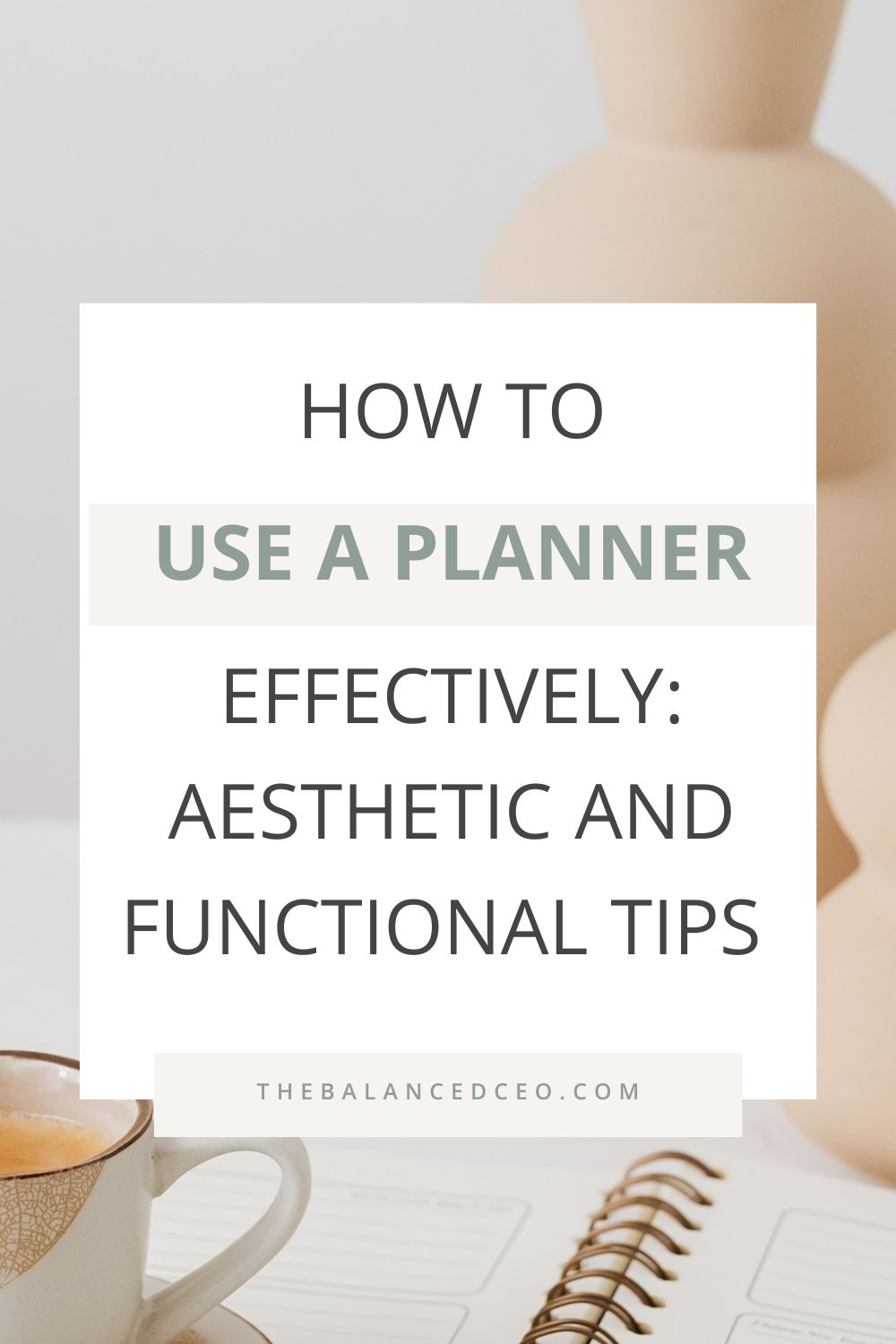
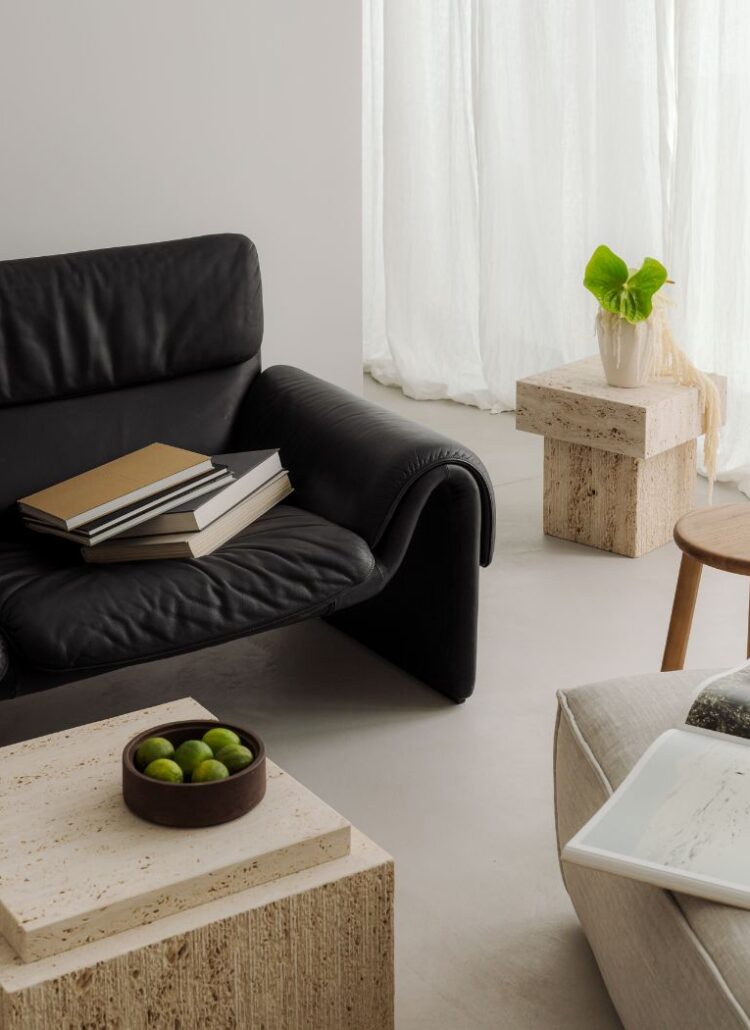
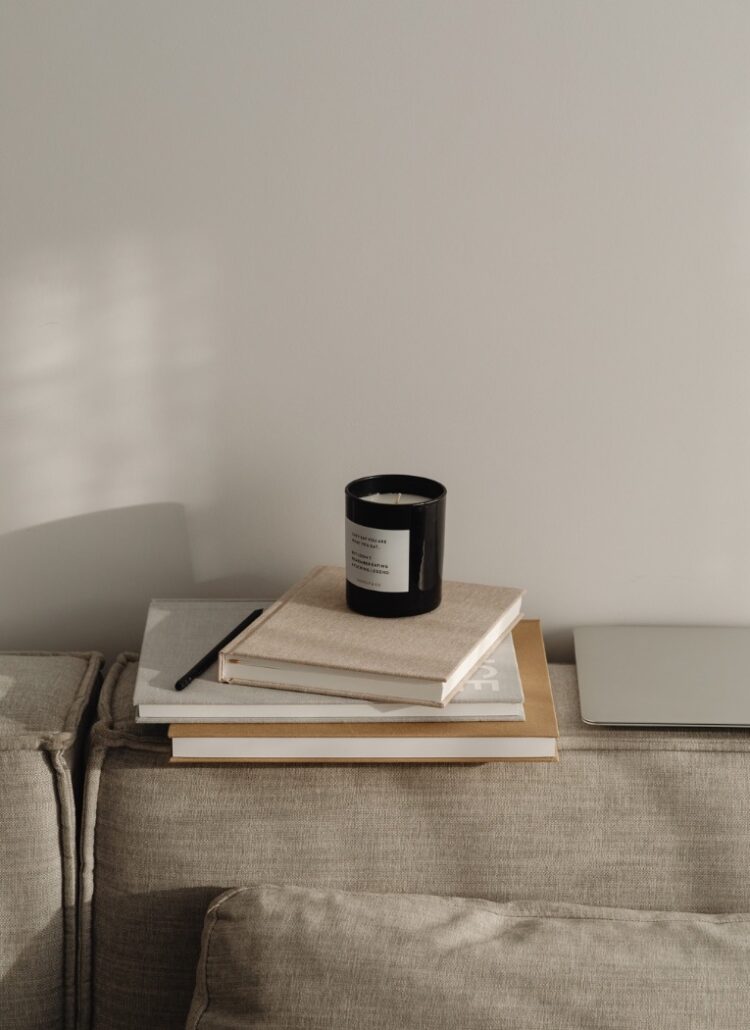
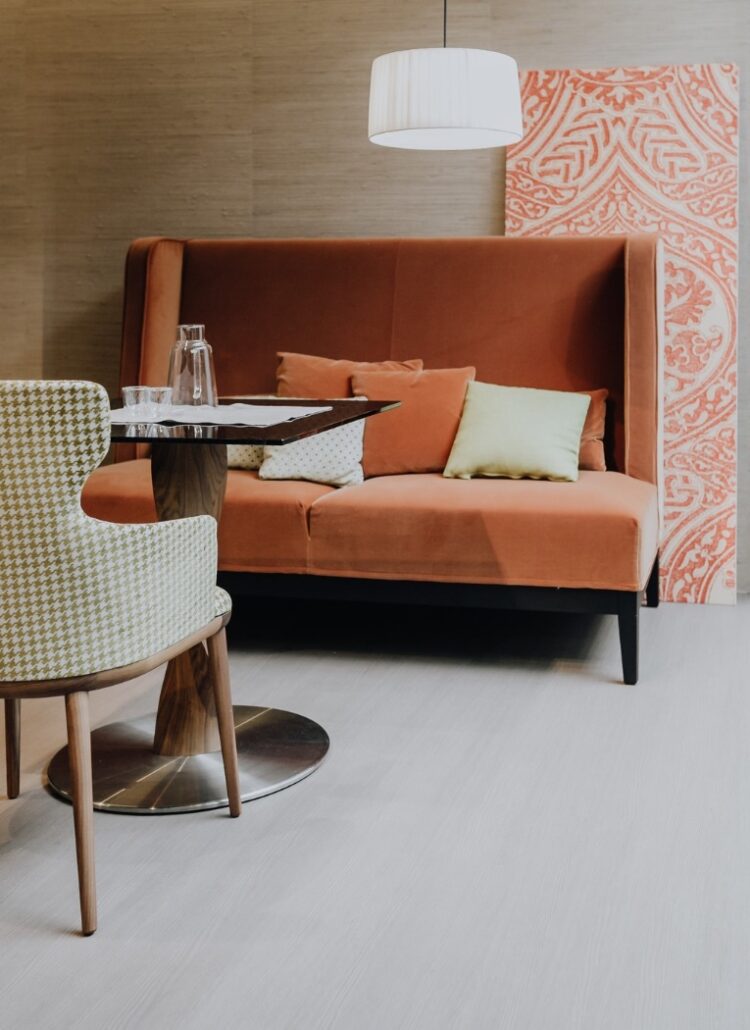

Leave a Reply